Effective Brush Clearing Timing
Brush clearings involve removing overgrown vegetation, shrubs, and small trees to maintain land accessibility, reduce fire risk, and promote healthy growth of desired plants. Proper timing ensures effective removal and minimizes environmental impact.
Spring is ideal for brush clearings as plants are emerging, making it easier to identify overgrowth and prevent fire hazards before the peak growing season.
This period allows for clearing after the peak growing season, reducing regrowth and preparing land for winter or next planting cycle.
In colder climates, winter can be suitable due to dormant vegetation, making removal less disruptive and easier to access land.
After storms or high winds, clearing can remove fallen branches and damaged vegetation, reducing fire risk and land hazards.
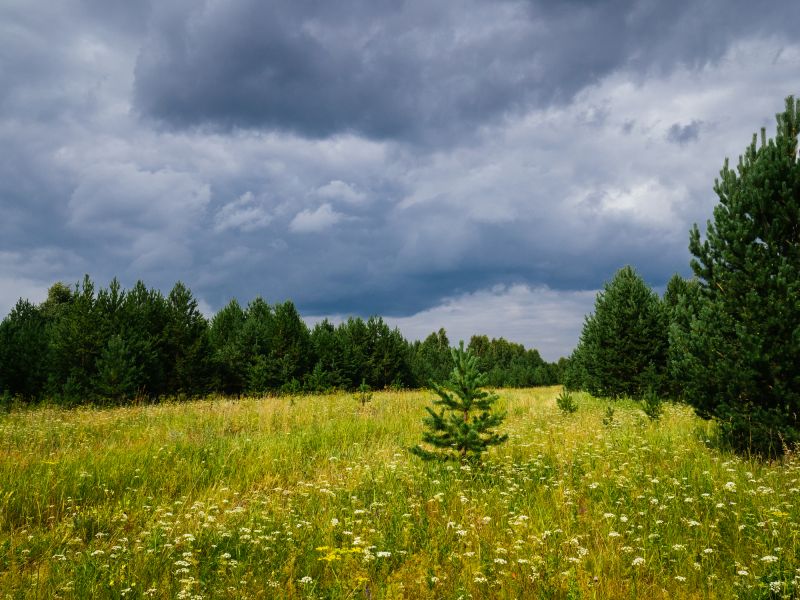
Ways to make Brush Clearings work in tight or awkward layouts.
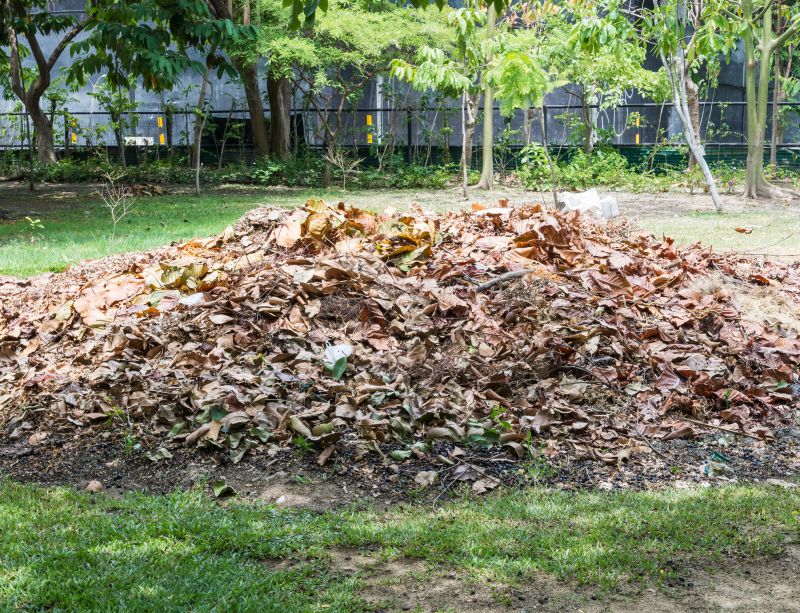
Popular materials for Brush Clearings and why they hold up over time.
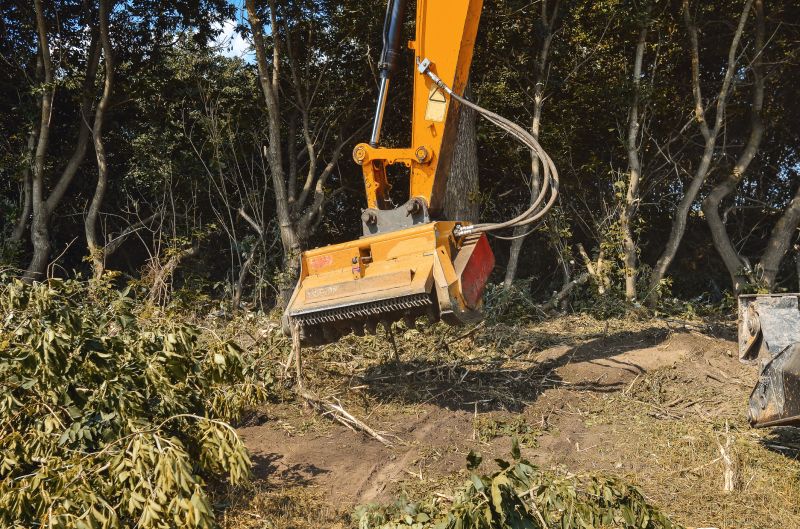
Simple add-ons that improve Brush Clearings without blowing the budget.
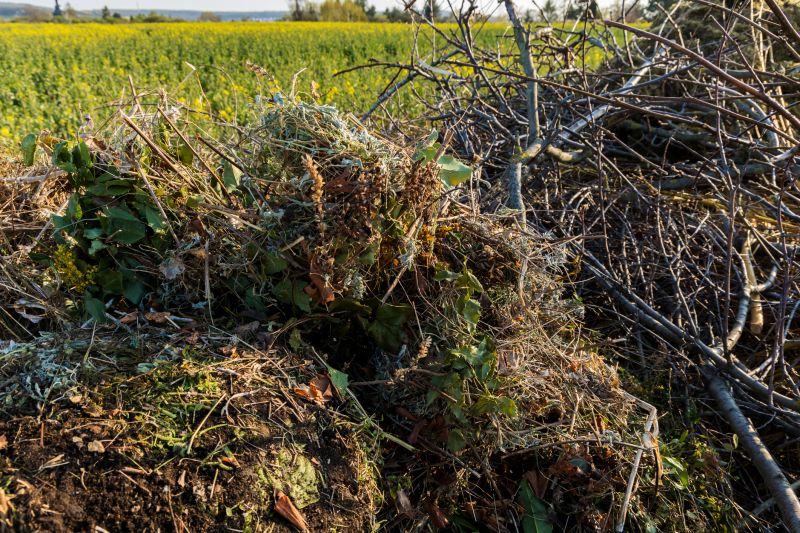
High-end options that actually feel worth it for Brush Clearings.

Finishes and colors that play nicely with Brush Clearings.
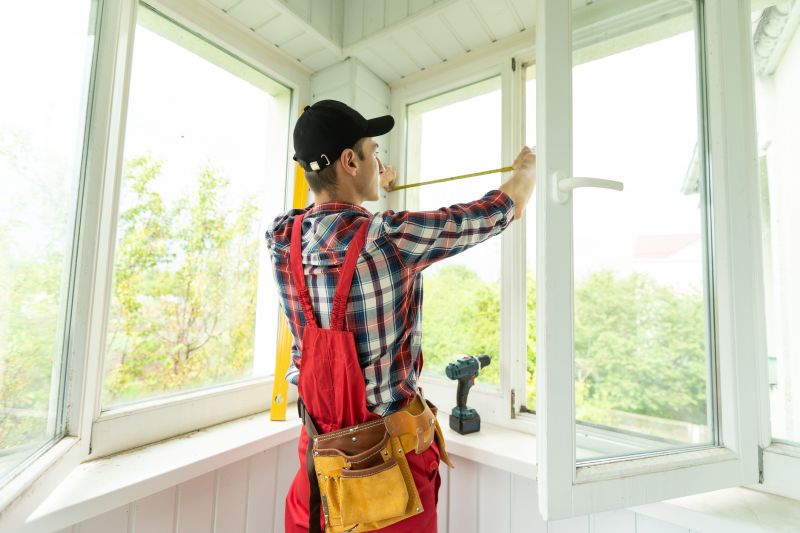
Little measurements that prevent headaches on Brush Clearings day.
| Timing | Ideal Conditions |
|---|---|
| Spring | Vegetation is emerging; easier to identify overgrowth. |
| Late Summer/Early Fall | Post-growth period; reduces regrowth frequency. |
| Winter | Dormant plants; accessible land in colder climates. |
| Post-Storm | Removes fallen branches and damaged vegetation. |
| Mid-Summer | High regrowth; invasive species may spread. |
Brush clearings are a vital part of land management, helping to control overgrowth, prevent wildfires, and maintain accessibility. The timing of these activities depends on climate, vegetation cycles, and specific land conditions. Proper scheduling enhances effectiveness and reduces the need for repeated clearing. Regular assessments can help determine the optimal periods for clearing, ensuring land remains safe and productive.
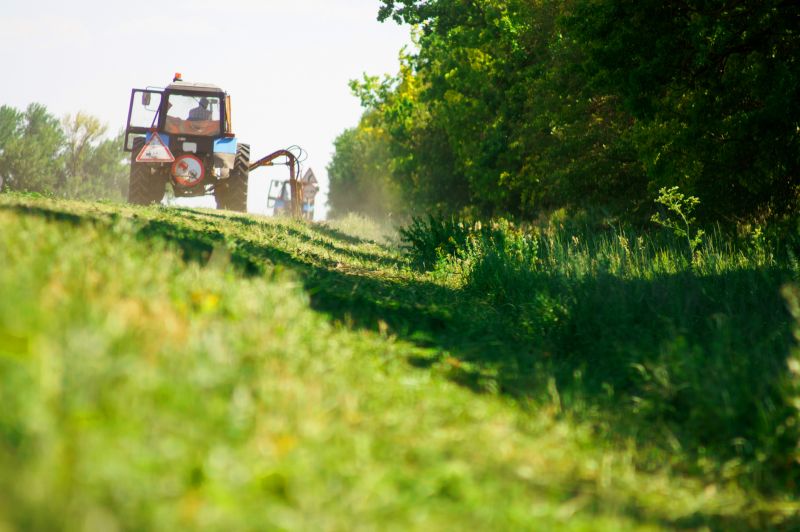
A 60-second routine that keeps Brush Clearings looking new.

A frequent mistake in Brush Clearings and how to dodge it.
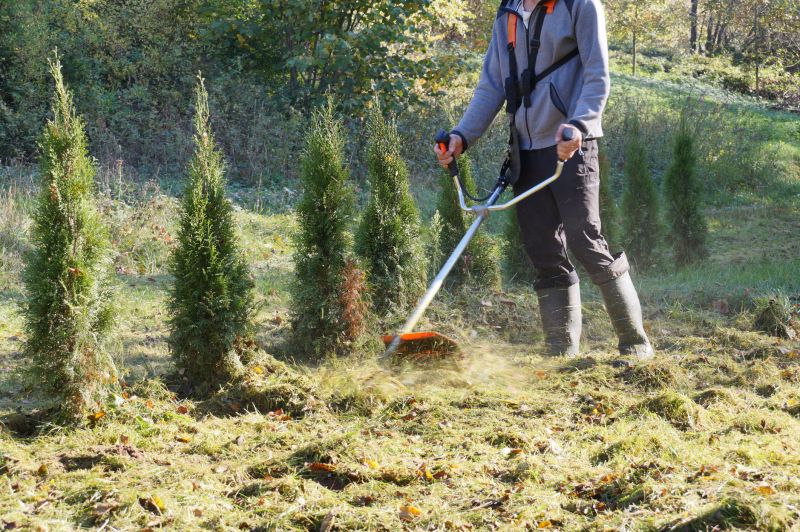
Small tweaks to make Brush Clearings safer and easier to use.
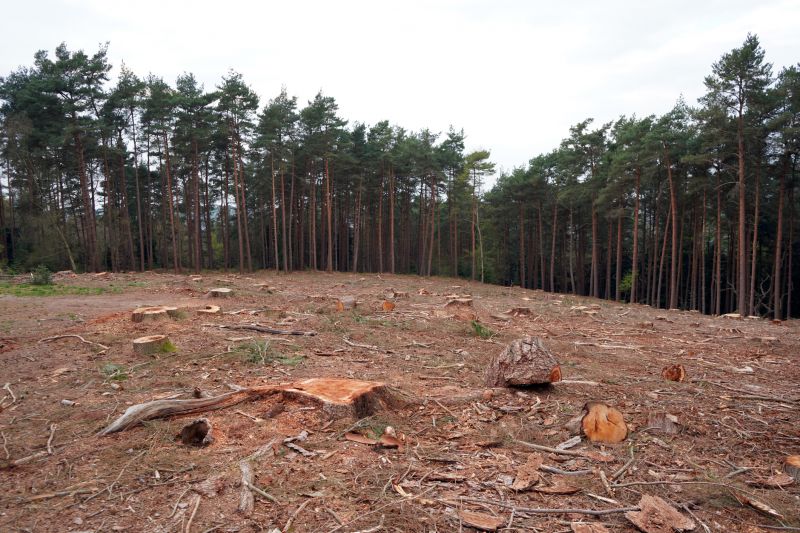
Lower-waste or water-saving choices for Brush Clearings.
For those interested in scheduling brush clearings, it is recommended to contact professionals to assess land conditions and determine the best timing. Proper planning ensures land management goals are met efficiently and effectively.
